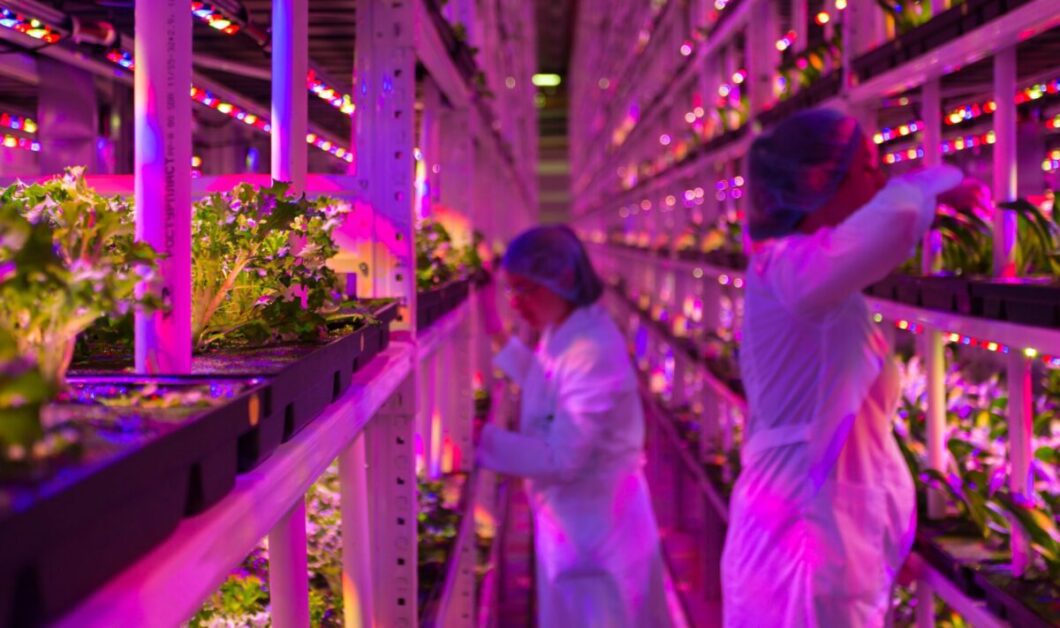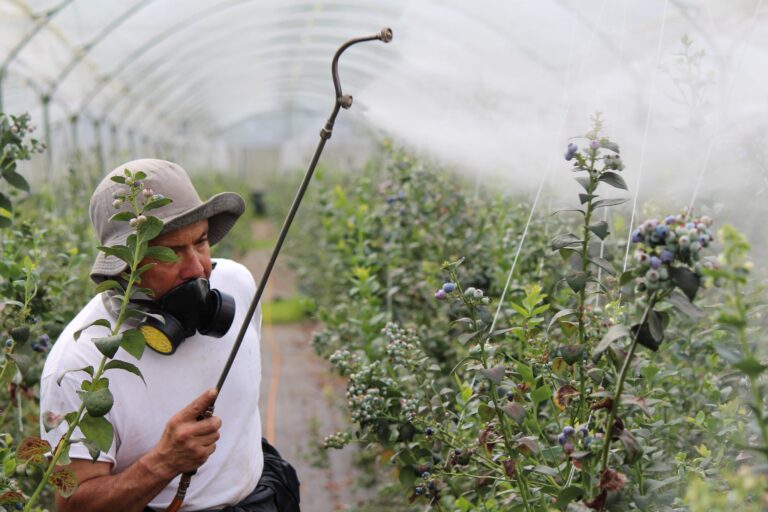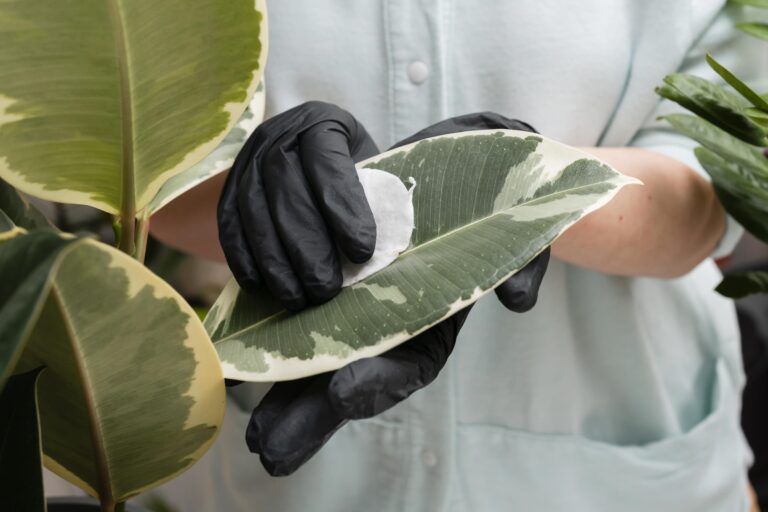Top 11 Things to Know Before You Buy a Grow Light for Your Plants
Plant Requirements: Understand the specific needs of your plants, including the type, size, and growth stage, to determine the appropriate grow light.
To ensure successful plant growth, it is crucial to understand the specific needs of your plants. Factors such as the type of plant, its size, and current growth stage play a significant role in determining the appropriate grow light. Different plants have varying light requirements, with some thriving under brighter conditions while others prefer more subdued light levels.
When selecting a grow light, consider the specific type of plant you are growing. Leafy greens, for example, generally require less intense light compared to flowering plants. Additionally, consider the size of your plants, as larger plants may need a grow light with a wider coverage area. Lastly, take into account the growth stage of your plants, as some stages may require more intense lighting to support optimal growth.
Understanding the specific requirements of your plants enables you to make an informed decision when choosing a suitable grow light. By providing the correct lighting conditions, you can ensure that your plants receive the necessary energy to flourish and thrive.
• Different plants have varying light requirements
• Some plants thrive under brighter conditions, while others prefer subdued light levels
• Leafy greens generally require less intense light compared to flowering plants
• Consider the size of your plants when selecting a grow light
– Larger plants may need a grow light with wider coverage area
• Take into account the growth stage of your plants
– Some stages may require more intense lighting for optimal growth
Here is a more precise information about how different grow light is vital for different stages of plant life:
| Plant Type | Grow Light |
|---|---|
| Seedlings | LBW LED Grow Light |
| Herbs | Click & Grow The Smart Garden 3 |
| Houseplants | AeroGarden Trio Grow Light |
| Vegetables | Monios-L LED Grow Lights |
| Succulents | Small White Aspect Luxury LED Grow Light |
Light Spectrum: Research the different light spectrums (blue, red, white, etc.) and their effects on plant growth to choose the most suitable option.
When it comes to selecting a grow light for your plants, understanding the different light spectrums and their effects on plant growth is crucial. Different colors of light, such as blue, red, and white, have varying impacts on the growth and development of plants.
Research has shown that blue light is essential for promoting vegetative growth, as it stimulates the production of chlorophyll and helps in the development of healthy foliage. Red light, on the other hand, is crucial during the flowering and fruiting stages, as it triggers the production of essential hormones that contribute to the formation of flowers and fruits. White light, which contains a balanced combination of all spectrums, is often preferred for general plant growth as it provides a broad range of wavelengths necessary for overall plant development.
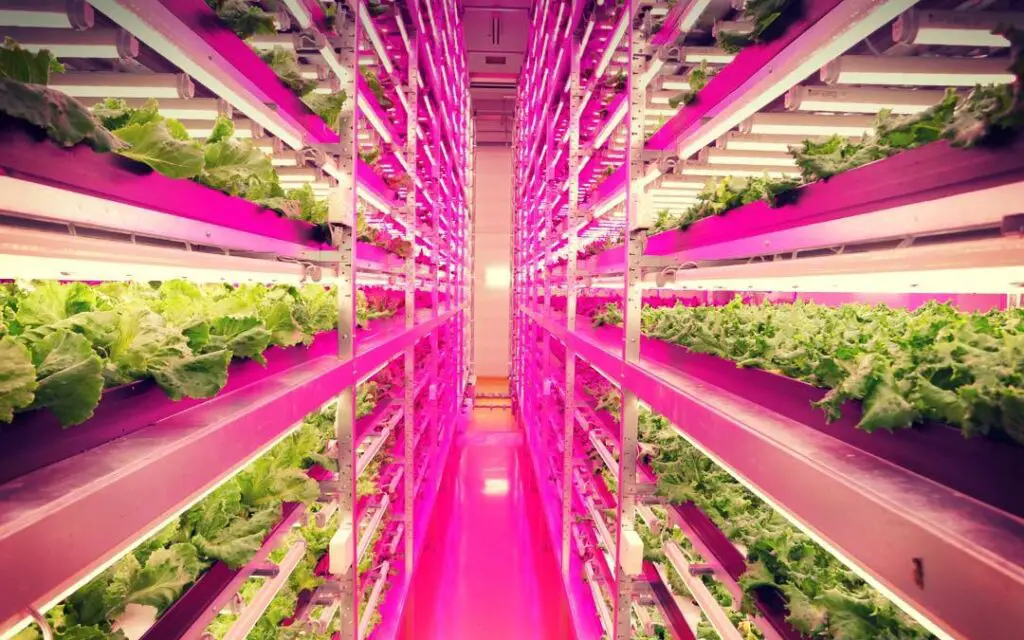
By understanding the specific light requirements of your plants and how different spectrums affect them, you can choose the most suitable grow light that will meet their needs at each growth stage. Whether you are starting seeds, growing leafy greens, or cultivating flowering plants, selecting a grow light with the right spectrum will ensure healthy and robust growth.
• Blue light stimulates the production of chlorophyll and promotes vegetative growth.
• Red light triggers the production of essential hormones for flowering and fruiting stages.
• White light, with a balanced combination of all spectrums, is preferred for overall plant development.
• Understanding specific light requirements helps in choosing the right grow light for each growth stage.
• Choosing the suitable spectrum ensures healthy and robust growth at every stage.
Light Intensity: Consider the required light intensity for your plants and select a grow light that can provide the necessary brightness.
Light intensity plays a crucial role in the growth and development of plants. Different species of plants have varying light requirements, and it is essential to choose a grow light that can provide the necessary brightness. When considering light intensity, factors such as the stage of plant growth and the desired outcomes should be taken into account.
For plants in the vegetative stage, higher light intensities are generally required to promote healthy leaf development and compact growth. On the other hand, plants in the flowering or fruiting stage may benefit from lower light intensities to encourage bud formation and maximize yields. Understanding the specific light intensity needs of your plants is vital to ensure optimal growth and productivity.
To determine the suitable grow light for your plants, you can refer to the light intensity recommendations provided by reputable sources or consult with experts in the field. It is important to note that the light intensity requirements can vary depending on the plant species, so gathering accurate information specific to your plants is essential. By selecting a grow light that can provide the necessary brightness, you can create an ideal growing environment and support the healthy growth of your plants.
• Different species of plants have varying light requirements
• Choose a grow light that can provide the necessary brightness for your specific plants
• Consider the stage of plant growth and desired outcomes when determining light intensity needs
• Vegetative stage plants generally require higher light intensities for healthy leaf development and compact growth
• Flowering or fruiting stage plants may benefit from lower light intensities to encourage bud formation and maximize yields
• Understanding the specific light intensity needs of your plants is vital for optimal growth and productivity
• Refer to reputable sources or consult with experts to determine suitable grow lights based on recommended light intensity levels
for your plant species
• Gather accurate information specific to your plants’ light intensity requirements
as it can vary depending on the species.
• Select a grow light that can provide the necessary brightness to create an ideal growing environment
Energy Efficiency: Evaluate the energy efficiency of different grow light models to ensure optimal performance while minimizing electricity consumption.
When choosing a grow light for your plants, evaluating the energy efficiency of different models is crucial to ensure optimal performance while minimizing electricity consumption. Energy-efficient grow lights not only help you reduce your carbon footprint but also result in cost savings in the long run.
One way to assess the energy efficiency of a grow light is by looking at its wattage. Consider opting for LED grow lights, as they are known to be more energy-efficient compared to traditional fluorescent or HID lights. LED lights consume significantly less electricity while still providing the necessary light intensity for plant growth. In fact, studies have shown that LED grow lights can save up to 50% or more energy compared to other lighting options, making them an environmentally friendly and economical choice.
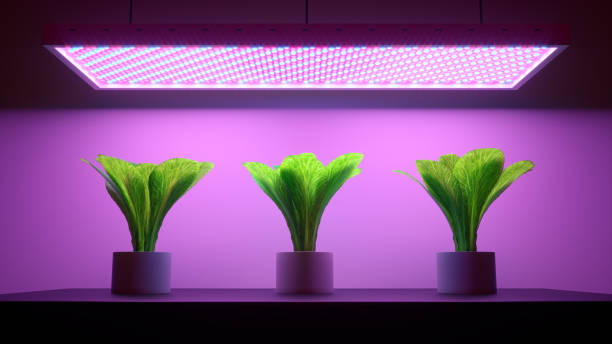
Furthermore, when evaluating energy efficiency, it’s important to consider the specific light spectrum provided by the grow light. Different plants have varying light spectrum requirements, with some benefiting from a higher percentage of blue light, while others thrive under red light. By selecting a grow light with the appropriate light spectrum for your plants’ needs, you can ensure that only the necessary wavelengths are used, further reducing energy waste.
Overall, prioritizing energy efficiency when choosing a grow light can have significant benefits for both the environment and your wallet. By selecting an energy-efficient model, such as LED grow lights, and considering the appropriate light spectrum for your plants, you can achieve optimal performance while minimizing electricity consumption.
• LED grow lights are more energy-efficient compared to traditional fluorescent or HID lights.
• LED lights consume significantly less electricity while still providing the necessary light intensity for plant growth.
• Studies have shown that LED grow lights can save up to 50% or more energy compared to other lighting options.
• Selecting a grow light with the appropriate light spectrum for your plants’ needs can further reduce energy waste.
• Prioritizing energy efficiency when choosing a grow light benefits both the environment and your wallet.
Heat Output: Determine the heat output of the grow light and assess whether it aligns with the temperature requirements of your plants.
Determining the heat output of a grow light is crucial in ensuring that it aligns with the temperature requirements of your plants. Different plant species have varying temperature preferences for optimal growth and development. Some plants thrive in warmer conditions, while others prefer cooler temperatures.
To assess the heat output of a grow light, you can refer to the product specifications provided by the manufacturer. They usually indicate the heat generated by the light in terms of wattage or BTUs (British Thermal Units). This information allows you to compare different grow light models and choose the one that will provide the right amount of heat for your plants.
It is important to consider the temperature requirements of your plants when evaluating the heat output of a grow light. If the light produces too much heat, it can cause damage to the plants, such as wilting, burning of leaves, or stunted growth. On the other hand, insufficient heat may hinder the growth and development of heat-loving plants. By carefully assessing the heat output of the grow light, you can create an optimal environment for your plants, promoting their health and overall productivity.
• Different plant species have varying temperature preferences for optimal growth and development.
• Some plants thrive in warmer conditions, while others prefer cooler temperatures.
• Refer to the product specifications provided by the manufacturer to assess the heat output of a grow light.
• The heat generated by the light is usually indicated in terms of wattage or BTUs (British Thermal Units).
• This information allows you to compare different grow light models and choose the one that aligns with your plants’ temperature requirements.
• Consider the temperature requirements of your plants when evaluating the heat output of a grow light.
• Excessive heat can cause damage to plants, such as wilting, burning leaves, or stunted growth.
• Insufficient heat may hinder the growth and development of heat-loving plants.
• Carefully assessing the heat output of the grow light helps create an optimal environment for your plants.
• An optimal environment promotes their health and overall productivity.
Here is a table about how different range of temperature can affect the plants
Temperature plays a crucial role in hydroponics. The ideal water temperature range for hydroponics is between 65°F (18°C) and 80°F (27°C) 123. The following table summarizes the effects of temperature on hydroponics:
| Temperature Range | Effect on Hydroponics |
|---|---|
| Below 60°F (15.5°C) | Slows down plant growth, reduces nutrient uptake, and increases the risk of root rot due to decreased oxygen levels in colder water. |
| 60°F (15.5°C) – 65°F (18°C) | Slows down plant growth and reduces nutrient uptake. |
| 65°F (18°C) – 80°F (27°C) | Ideal temperature range for healthy roots and optimal nutrient absorption. |
| Above 80°F (27°C) | Reduces dissolved oxygen levels in the water, leading to slower plant growth, mold, and mildew. |
Coverage Area: Determine the size of the area you need to cover with the grow light and choose a model that can adequately illuminate the entire space.
Determining the appropriate coverage area for your grow light is crucial to ensuring the optimal growth and development of your plants. It is important to consider the size of the area that needs to be illuminated and select a model that can adequately cover the entire space.
To determine the ideal coverage area, start by measuring the size of your grow space. This includes both the width and length of the area that you intend to light up. Once you have these measurements, you can then refer to the manufacturer’s specifications of different grow light models to find one that can adequately cover your space.
Keep in mind that different plants have varying light requirements, so it is crucial to consider the specific needs of your plants when determining the coverage area. Some plants may require more intense lighting and may need a grow light with a wider coverage range, while others may thrive with less light and can be adequately covered by a smaller grow light model.
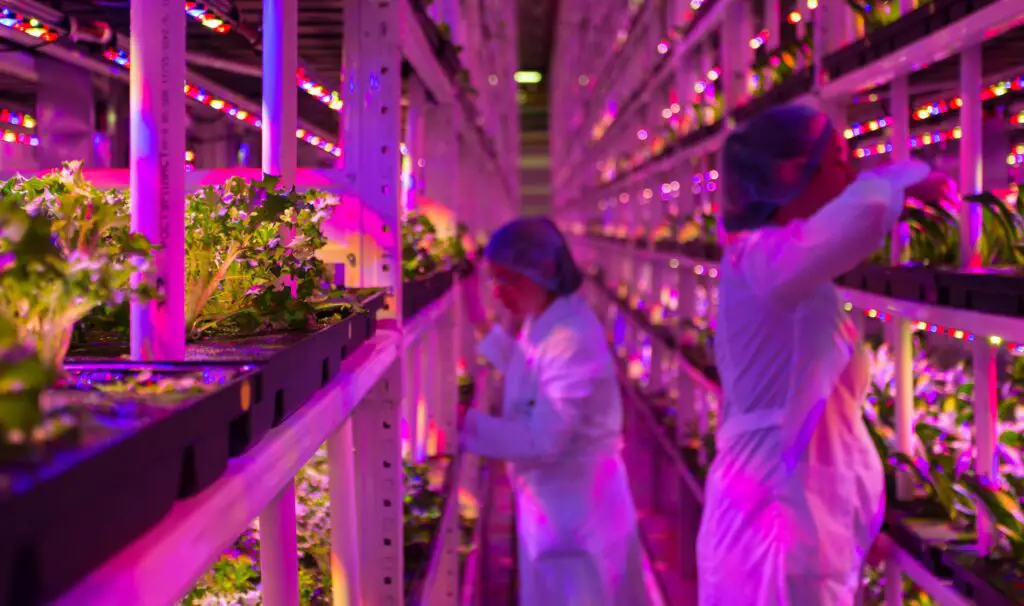
By carefully assessing the size of your growing area and selecting a model that can effectively illuminate the entire space, you can create the ideal environment for your plants to thrive and achieve optimal growth.
• Determining the appropriate coverage area is crucial for optimal plant growth
• Measure the width and length of your grow space to determine size
• Refer to manufacturer’s specifications to find a grow light that can cover your space adequately
• Consider the specific light requirements of your plants when determining coverage area
• Some plants may require more intense lighting, while others can thrive with less light
• Select a model that can effectively illuminate the entire space for optimal plant growth
Durability and Lifespan: Assess the build quality and lifespan of the grow light to ensure a long-lasting investment that will provide consistent results.
When investing in a grow light for your plants, it is essential to assess the durability and lifespan of the product. By doing so, you can ensure that you make a long-lasting investment that will provide consistent results for your gardening needs.
One key aspect to consider is the build quality of the grow light. Look for lights that are made with high-quality materials and components, as these are more likely to withstand the rigors of continuous use and outdoor conditions. Additionally, pay attention to the design and construction of the grow light, as a sturdy and well-built model will have a greater chance of longevity compared to a flimsy and poorly constructed one.
In addition to build quality, it is crucial to evaluate the lifespan of the grow light. Different models and brands offer varying lifespans, which can range from a few thousand hours to tens of thousands of hours. Consider the specific needs of your plants and the duration of time you will be using the grow light to determine an appropriate lifespan requirement. Furthermore, look for models that come with warranties or guarantees, as this can provide additional peace of mind and protection for your investment.
• Look for lights made with high-quality materials and components
• Consider the design and construction of the grow light
• Evaluate the lifespan offered by different models and brands
• Determine an appropriate lifespan requirement based on your plants’ needs and duration of use
• Seek models that come with warranties or guarantees for added protection.
To know more about grow light watch the video.
Installation Options: Consider the various installation options available for the grow light, such as hanging, mounting, or freestanding, and select the most convenient one for your
When selecting a grow light for your plants, one important consideration is the installation options available. There are three main options to choose from: hanging, mounting, or freestanding.
Hanging the grow light is a popular choice, especially for indoor gardens or grow tents. This installation method involves suspending the light from the ceiling or a rack using chains or ropes. It allows you to easily adjust the height of the light as your plants grow, ensuring optimal light coverage.
Another option is mounting the grow light. This involves attaching the light fixture to a wall or a support structure. Mounting can be a great choice if you have limited space or if you want to give your plants a more stationary light source. It provides a stable setup and can be particularly useful in larger grow areas where you need multiple lights.
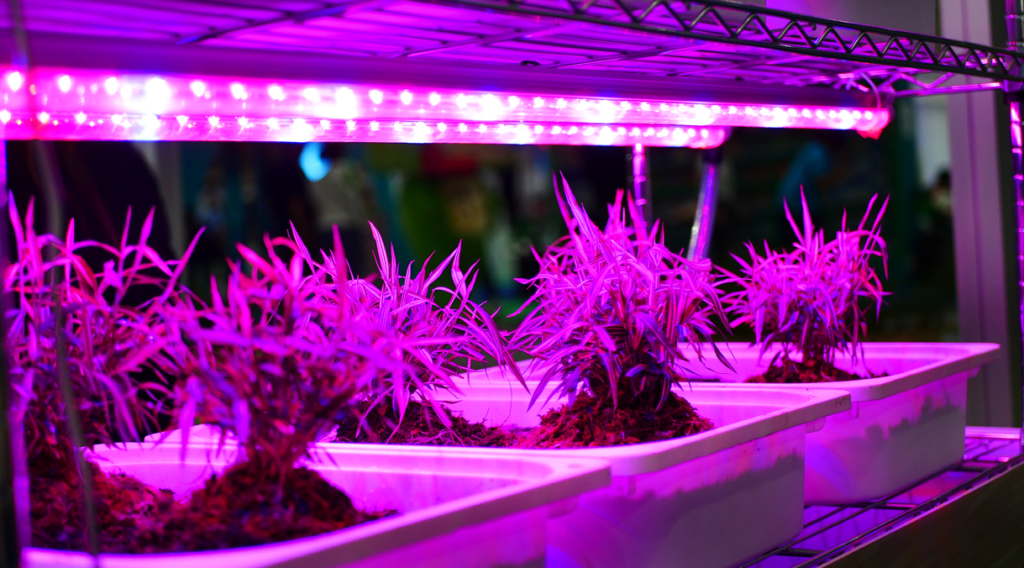
Lastly, freestanding grow lights are designed to be placed directly on the ground or a suitable surface. This option is convenient if you have plants that require different light intensities or if you frequently rearrange your garden layout. Freestanding lights typically come with adjustable heights and angles, allowing you to customize the light direction and coverage.
Considering your space, plant type, and personal preferences, carefully select the most convenient installation option that will provide optimal lighting conditions for your plants’ growth and development.
• Hanging the grow light is a popular choice for indoor gardens or grow tents.
– Allows for easy adjustment of light height as plants grow
– Ensures optimal light coverage
• Mounting the grow light involves attaching it to a wall or support structure.
– Ideal for limited space or when a stationary light source is desired
– Provides stability, especially in larger grow areas with multiple lights
• Freestanding grow lights are placed directly on the ground or suitable surface.
– Convenient for plants requiring different light intensities
– Suitable for garden layouts that are frequently rearranged
Carefully consider your space, plant type, and personal preferences to select the most convenient installation option that will provide optimal lighting conditions for your plants’ growth and development.
How do I determine the specific needs of my plants for choosing the right grow light?
Understanding the type, size, and growth stage of your plants is crucial in determining the appropriate grow light. Researching the specific requirements of your plants, such as their light intensity, spectrum, and temperature needs, will help you make an informed decision.
What are the different light spectrums and their effects on plant growth?
Light spectrums, such as blue, red, and white, have varying effects on plant growth. Blue light promotes vegetative growth, red light stimulates flowering and fruit production, while white light provides a balanced spectrum suitable for overall plant development. It’s important to consider these effects when choosing a grow light.
How do I determine the required light intensity for my plants?
The required light intensity for your plants depends on their specific needs. Different plants have different light requirements, ranging from low to high intensity. Researching the light requirements of your plants and selecting a grow light that can provide the necessary brightness is essential for their healthy growth.
Why is energy efficiency important when choosing a grow light?
Evaluating the energy efficiency of different grow light models is important for optimal performance while minimizing electricity consumption. Energy-efficient grow lights not only save you money on electricity bills but also contribute to a more sustainable and environmentally-friendly gardening practice.
How do I assess the heat output of a grow light?
Determining the heat output of a grow light is crucial to ensure it aligns with the temperature requirements of your plants. Reviewing the manufacturer’s specifications and customer reviews can provide insights into the heat output of a particular grow light model.
How do I determine the coverage area a grow light can illuminate?
To determine the coverage area of a grow light, consider the size of the space you need to cover. Different grow light models have varying coverage areas, and it’s important to choose one that can adequately illuminate the entire space where your plants are located.
What factors should I consider when assessing the durability and lifespan of a grow light?
When assessing the durability and lifespan of a grow light, factors such as build quality, warranty information, and customer reviews are important to consider. Opting for a grow light with a reputation for durability and a long lifespan ensures a reliable investment that will consistently provide the desired results.
What are the various installation options available for grow lights?
Grow lights can be installed in different ways, including hanging, mounting, or freestanding. Each installation option has its own advantages and considerations. Depending on your specific requirements, you can choose the most convenient installation method for your grow light.

